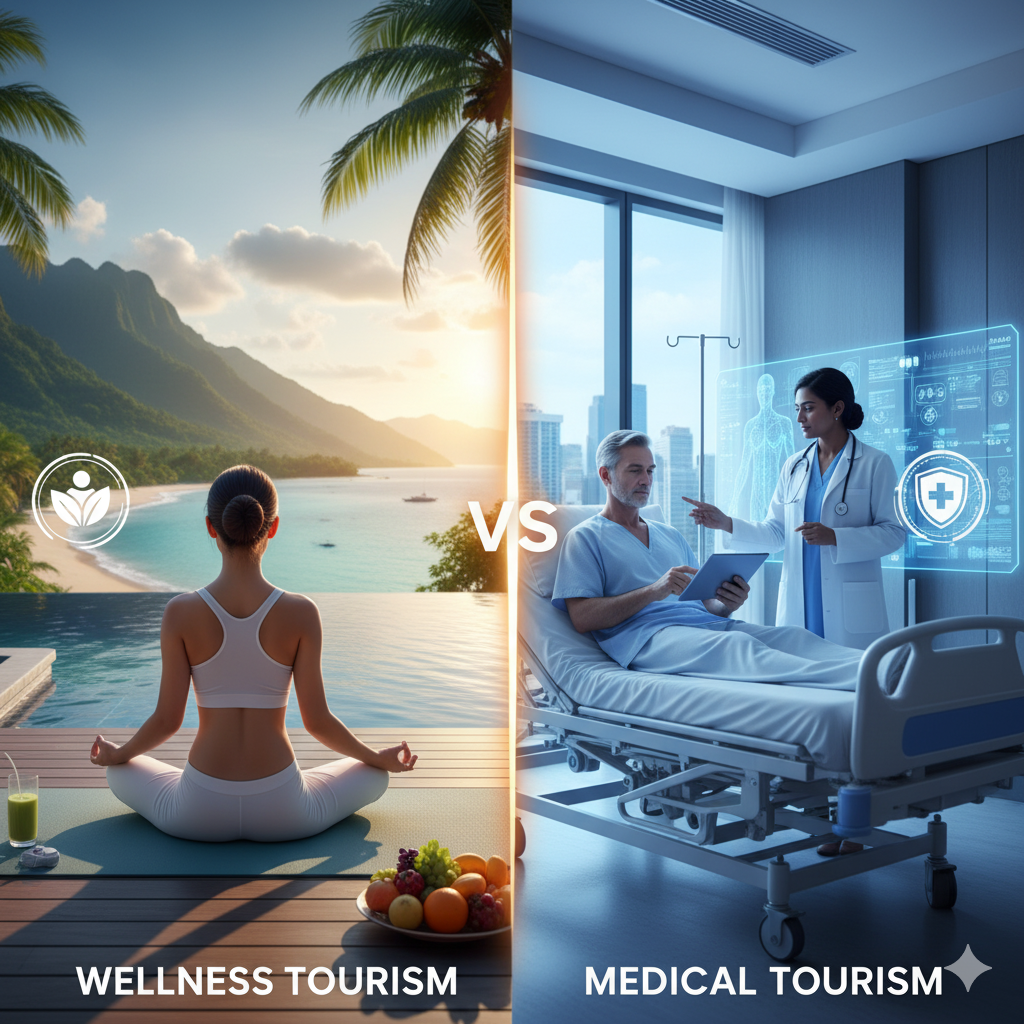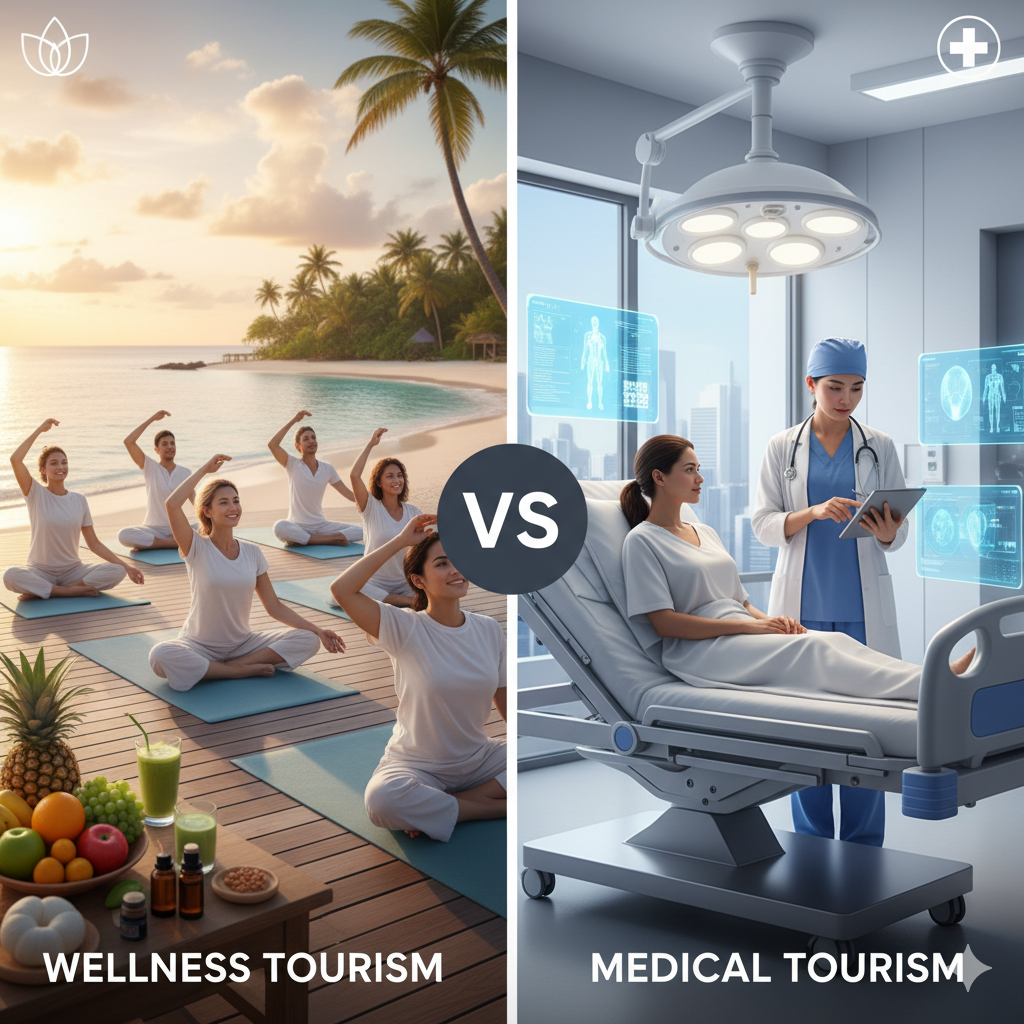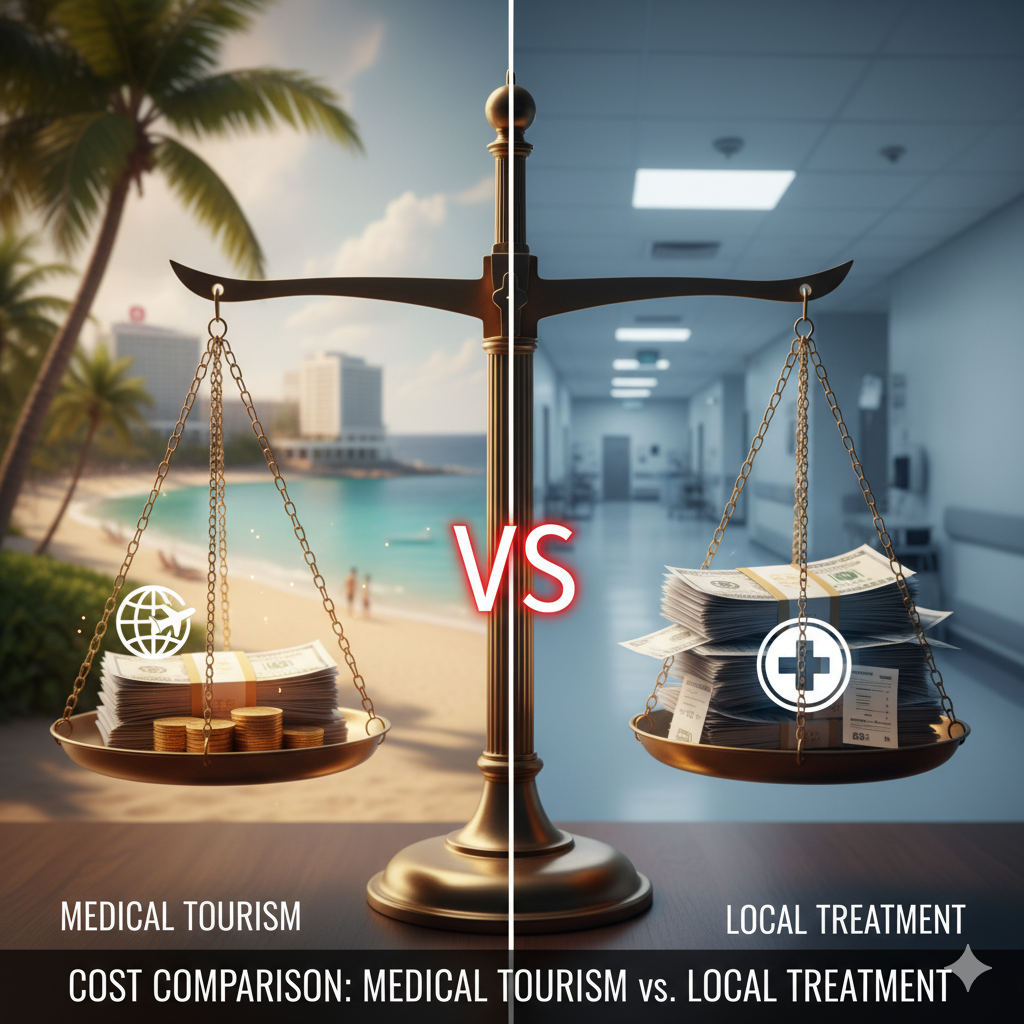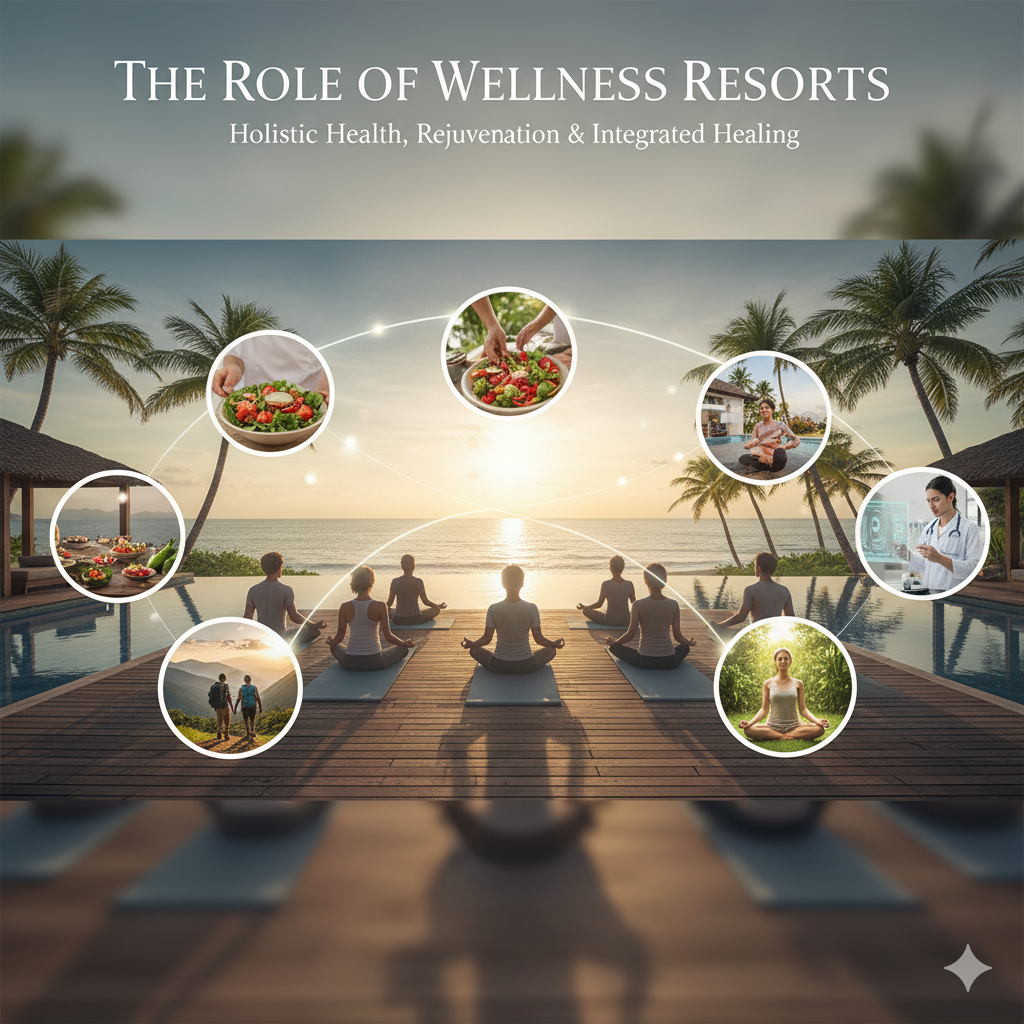
Wellness Tourism vs. Medical Tourism: What’s the Difference?
Health-focused travel is booming globally in 2025, but not all health-related trips serve the same purpose. While medical tourism and wellness tourism are often conflated, they cater to fundamentally different needs and offer distinctive experiences.
Understanding the difference can help travelers make better choices aligned with their health goals. Here’s a clear breakdown of what each type of tourism involves, the services they offer, and how to determine which fits your journey.
What is Medical Tourism?
Medical tourism involves traveling across international borders specifically to receive medical treatment or surgery. It is often motivated by factors such as:
-
Seeking specialized or elective surgeries (e.g., plastic surgery, dental work, fertility treatments)
-
Accessing high-quality care not available or affordable domestically
-
Avoiding long waitlists
-
Receiving treatments from top specialists or advanced centers
Medical tourism centers are typically hospitals and clinics staffed by licensed doctors and surgeons. Treatments often require clinical supervision, pre- and post-operative care, and can involve invasive procedures. Examples include:
-
Knee replacement in India
-
IVF treatment in the Czech Republic
-
Dental implants in Mexico
What is Wellness Tourism?
Wellness tourism is about preventive, holistic, and rejuvenating experiences aimed at improving mental, physical, and emotional well-being. It is usually choice-driven rather than needs-driven, focusing on lifestyle enhancement rather than treating illness.
Common wellness tourism activities include:
-
Yoga and meditation retreats
-
Detox and spa therapies
-
Thermal or mineral water treatments
-
Nutrition and mindfulness programs
Operators are resorts, wellness centers, retreat facilities, and practitioners may be therapists, coaches, or wellness experts rather than medical doctors. Wellness tourism has low risk and minimal recovery, focusing on relaxation, stress reduction, and long-term health.
Examples are:
-
Ayurvedic retreats in Kerala
-
Digital detox in Bali
-
Thermal spas in Hungary
Key Differences at a Glance
| Feature | Medical Tourism | Wellness Tourism |
|---|---|---|
| Purpose | Treat illness or specific condition | Prevent illness, promote balance |
| Type of Services | Surgery, diagnostics, hospital care | Spa, yoga, massage, detox |
| Recovery | Often involves post-op recovery | Usually relaxing and low risk |
| Provider | Hospitals, clinics, surgeons | Resorts, wellness centers, therapists |
| Medical Supervision | Required (licensed doctors) | Not required (wellness professionals) |
| Cost Focus | Often to save on expensive procedures | Luxury or long-term health investment |
| Planning | Requires extensive scheduling and consultations | Flexible, experience-focused |
Can They Be Combined?
Yes! Many travelers now seek hybrid experiences mixing both. For example:
-
Have elective surgery (medical tourism)
-
Recover at a wellness resort with massages and healthy cuisine (wellness tourism)
This integrated approach enhances recovery and promotes holistic well-being beyond the procedure.
How to Choose What’s Right for You
Choose Medical Tourism if:
-
You need a specific medical procedure or treatment.
-
Seeking cost savings compared to local care.
-
Your goal is to fix or correct a health condition.
Choose Wellness Tourism if:
-
You want stress relief, detox, or mindfulness.
-
Prefer a holistic lifestyle reset.
-
You seek to enhance overall well-being proactively.
Conclusion
Wellness tourism and medical tourism serve distinct but complementary roles in global health travel. Medical tourism focuses on treating existing conditions and obtaining specialized procedures, while wellness tourism emphasizes prevention, relaxation, and holistic health.
Understanding these differences helps travelers align their journeys with their health goals, ensuring meaningful, safe, and satisfying experiences in 2025.










